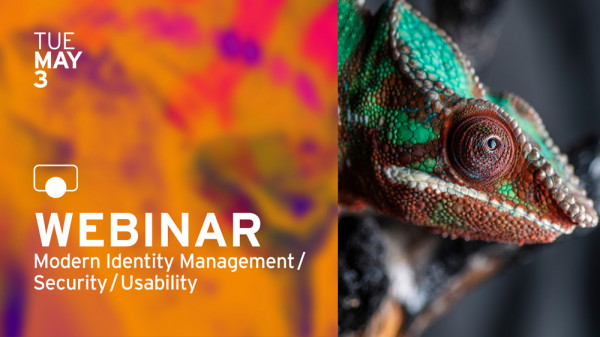'Privileged Access Management (PAM) is one of the most important areas of risk management and security in any organization. Privileged accounts have traditionally been given to administrators to access critical data and applications. But, changing business practices, hybrid IT, cloud and other aspects of digital transformation has meant that users of privileged accounts have become more numerous and widespread. To reduce the risk of privileged accounts being hijacked or fraudulently used, and to uphold stringent regulatory compliance within an organization, a strong PAM solution is essential.';
At the same time, the threat situation has continuously intensified. Identity theft and fraud are commonplace. Digital infrastructures
of all kinds are subject to continuous attacks from a wide variety of actors. The geopolitical situation, which changed with force in
March 2022, brings new and more threats, and the number of hostile actors increases even more. While this is only one of the drivers,
the overall number of attacks is consistently increasing. Platforms and users alike must be comprehensively and sustainably protected
against this. This does not only concern the interaction of customers with online platforms for the sale of goods and services. Company
employees (both employed and external) will also increasingly want to access company resources from anywhere in the future. Changing
supply chains enable completely new ways of interaction between companies, their partners, and their respective employees.
Chapter 3.1
At the same time, the threat situation has continuously intensified. Identity theft and fraud are commonplace. Digital infrastructures
of all kinds are subject to continuous attacks from a wide variety of actors. The geopolitical situation, which changed with force in
March 2022, brings new and more threats, and the number of hostile actors increases even more. While this is only one of the drivers,
the overall number of attacks is consistently increasing. Platforms and users alike must be comprehensively and sustainably protected
against this. This does not only concern the interaction of customers with online platforms for the sale of goods and services. Company
employees (both employed and external) will also increasingly want to access company resources from anywhere in the future. Changing
supply chains enable completely new ways of interaction between companies, their partners, and their respective employees.







